Imagine this: you’re sending a simple email to a friend, sharing photos from a family gathering. Now, imagine someone intercepting that email, stealing the photos, and using them for purposes you can’t control. This isn’t science fiction—it’s the world we live in today, where our digital actions are often vulnerable to invisible threats. That’s why cybersecurity is no longer optional; it’s an essential shield to protect our data, privacy, and peace of mind.
Understanding the Rise of Cybersecurity
The Digital Explosion
Over the past two decades, the internet has become a lifeline for nearly everything—communication, shopping, banking, and even running essential infrastructure like hospitals and power grids. While this connectivity has brought convenience, it has also opened doors for cybercriminals.
Recent data from Cybersecurity Ventures predicts that the cost of cybercrime globally will hit $10.5 trillion annually by 2025, up from $3 trillion in 2015. This staggering rise reflects not only the growing number of cyberattacks but also their sophistication.
Why Cybersecurity Matters
Cybersecurity isn’t just about firewalls or antivirus software. It’s about creating a secure digital environment where our personal and professional data is safe. But why is this so crucial? Because the stakes are high:
- Personal Security: Your identity, bank details, and medical records are prime targets for cybercriminals.
- Business Continuity: Companies risk losing sensitive customer data, intellectual property, and even operational capabilities during an attack.
- National Security: Governments face constant threats to critical infrastructure like power grids and communication networks.
Cybersecurity and Data Protection
At its core, cybersecurity exists to protect data. Whether it’s your online shopping history or a nation’s defense strategies, safeguarding this information is critical. This overlap between cybersecurity and data protection is where things get both powerful and complex.
Cyber Threats: A Growing Danger
Types of Cyber Threats
- Ransomware
In 2017, the WannaCry attack spread across 150 countries, encrypting data and demanding ransom payments. This highlighted just how disruptive ransomware can be. - Phishing Attacks
Phishing emails trick people into sharing passwords and sensitive information. According to a recent report by Proofpoint, 83% of organizations experienced a phishing attack in 2022. - IoT Vulnerabilities
The Internet of Things (IoT) connects everyday devices like thermostats and cameras to the internet. However, poorly secured IoT devices can be exploited, as demonstrated by the Mirai botnet attack, which disrupted major internet platforms in 2016.
Cybersecurity Tools and Strategies
1. Encryption Technology
Encryption is like locking your data in a safe. Even if hackers steal it, they can’t read it without the key. Advanced encryption tools protect everything from financial transactions to private communications.
2. Two-Factor Authentication (2FA)
Ever entered a code sent to your phone to log in somewhere? That’s 2FA in action, adding an extra layer of security to ensure you’re the one accessing your data.
3. Regular Updates
Software updates often include patches for vulnerabilities. Without these updates, systems remain exposed to threats.
The Impact on Data Protection
A Double-Edged Sword
While cybersecurity enhances data protection, it also presents challenges:
- Balancing Privacy and Security
Measures like identity verification and data monitoring improve security but may reduce privacy. For instance, governments might track personal communications in the name of cybersecurity. - Resource Allocation
Companies often focus heavily on cybersecurity, sometimes at the expense of broader data protection strategies.
Positive Outcomes
Despite the challenges, the rise of cybersecurity has driven significant advancements in data protection:
- Stronger Regulations
Laws like the EU’s General Data Protection Regulation (GDPR) ensure that organizations prioritize both security and privacy. - Increased Awareness
High-profile cyberattacks have made individuals and businesses more conscious of their digital footprints. - Improved Tools
Cybersecurity innovations like AI-driven threat detection make it easier to prevent and mitigate attacks.
Cybersecurity Trends Shaping the Future
1. Artificial Intelligence in Cyber Defense
AI is revolutionizing cybersecurity. By analyzing vast amounts of data, AI can detect anomalies and predict threats faster than any human.
2. Zero-Trust Architecture
This approach assumes that every request, whether from inside or outside a network, is a potential threat. Organizations must verify everything before granting access.
3. Cybersecurity for Critical Infrastructure
As we rely more on digital systems for essential services like healthcare and energy, securing these infrastructures becomes vital.
The rise of cybersecurity is reshaping the way we think about data protection. It’s not just about keeping hackers out; it’s about creating a secure, trust-filled digital world where people, businesses, and governments can thrive.
As we continue to innovate and connect, the responsibility lies with all of us to adopt better cybersecurity practices. By staying informed and proactive, we can protect not just our data but also our future.
The Rise of Cybersecurity and Its Impact on Data Protection
In a world dominated by digital transformation, the role of cybersecurity has grown exponentially. From safeguarding individual data to protecting national infrastructure, cybersecurity has become the backbone of a digitally connected society. This evolution, however, brings its own set of challenges and opportunities.
To understand how cybersecurity shapes our world and impacts data protection, let’s dive deeper into its components, challenges, and the transformative trends driving its future.
Cybersecurity: The Guardian of Digital Integrity
Cybersecurity is the practice of protecting systems, networks, and data from cyber threats. It encompasses a variety of techniques, including encryption technology, firewalls, and advanced authentication protocols.
In essence, cybersecurity ensures the confidentiality, integrity, and availability of digital information. But why has it become so critical?
The Explosion of Digital Data
The sheer volume of digital data being generated is staggering. By 2025, global data creation is projected to exceed 180 zettabytes, up from 64 zettabytes in 2020. As this data grows, so does the challenge of protecting it. Cybercriminals exploit this growth, targeting vulnerabilities to gain unauthorized access or inflict damage.
Cyber Threats: A Persistent Menace
1. Types of Cyber Threats
a) Malware
Malware, or malicious software, includes viruses, ransomware, and spyware. Ransomware attacks, for instance, encrypt users’ data and demand payment for its release. The WannaCry ransomware attack in 2017 remains a stark reminder of the devastating potential of these threats.
b) Phishing
Phishing schemes trick individuals into sharing sensitive information. Reports suggest that over 90% of data breaches involve phishing—a statistic that emphasizes the need for education and robust defenses.
c) Distributed Denial of Service (DDoS)
DDoS attacks overwhelm systems by flooding them with traffic, causing service outages. In 2016, the Mirai botnet crippled major websites by targeting the infrastructure of Dyn, a DNS provider.
d) Insider Threats
Sometimes, the danger comes from within. Disgruntled employees or unintentional actions can lead to breaches, making internal security just as vital as external defenses.
2. The Financial Toll of Cybercrime
Cybercrime is not only a technological challenge but also a massive economic burden. By 2025, the global cost of cybercrime is expected to exceed $10.5 trillion annually. This includes costs related to damages, lost productivity, and investments in prevention.
Information Security: The Foundation of Cybersecurity
Information security (InfoSec) focuses on protecting data from unauthorized access, whether in storage or transit. It is a subset of cybersecurity that directly addresses the confidentiality, integrity, and availability of information.
Core Principles of Information Security
- Confidentiality
Ensuring that sensitive information is accessible only to authorized individuals. - Integrity
Maintaining the accuracy and trustworthiness of data throughout its lifecycle. - Availability
Guaranteeing that data and systems are accessible whenever needed.
The Role of Encryption Technology
Encryption technology is a cornerstone of information security. It encodes data in such a way that only authorized parties can decode and access it. Advanced encryption standards (AES) and secure sockets layer (SSL) certificates are widely used to protect sensitive information, such as financial transactions and personal communications.
The Interplay Between Cybersecurity and Data Protection
Mutual Benefits
Cybersecurity and data protection are deeply intertwined. While cybersecurity focuses on preventing unauthorized access, data protection emphasizes compliance and the responsible handling of personal information.
- Shared Tools
Technologies like encryption, multi-factor authentication, and access control enhance both security and privacy. - Legal Frameworks
Regulations such as GDPR (General Data Protection Regulation) and CCPA (California Consumer Privacy Act) mandate robust cybersecurity measures as part of data protection protocols.
Tensions Between Security and Privacy
Despite their alignment, there are instances where cybersecurity measures can inadvertently impact data privacy:
- Surveillance vs. Anonymity
Enhanced monitoring for cybersecurity often requires collecting more personal data, which can compromise user anonymity. - Trade-offs During Crises
In emergencies like terrorism or pandemics, governments may prioritize security over privacy, implementing invasive measures such as contact tracing or extensive surveillance.
Cybercrime Prevention: Building a Resilient Framework
1. Education and Awareness
Human error remains one of the weakest links in cybersecurity. Over 85% of successful cyberattacks exploit human vulnerabilities. By fostering a culture of awareness, individuals and organizations can reduce this risk.
- Training programs on recognizing phishing attempts.
- Encouraging the use of strong, unique passwords.
- Promoting safe browsing practices.
2. Strengthening Authentication Protocols
Passwords alone are no longer sufficient. Multi-factor authentication (MFA), biometric verification, and adaptive authentication add critical layers of protection.
3. Embracing Zero-Trust Models
The zero-trust approach assumes that no user or system is inherently trustworthy. Every access request is thoroughly verified, ensuring tighter control over sensitive data.
Emerging Cybersecurity Trends
1. AI and Machine Learning in Cybersecurity
Artificial intelligence (AI) is transforming cybersecurity. AI-powered systems can:
- Detect threats in real-time.
- Automate responses to mitigate damages.
- Analyze vast datasets for anomalies.
2. Quantum Computing and Encryption
As quantum computing becomes a reality, it poses both opportunities and challenges. While it offers unprecedented computational power, it also threatens current encryption standards, pushing the need for quantum-resistant algorithms.
3. IoT and Edge Security
The Internet of Things (IoT) has expanded attack surfaces, making endpoint security a top priority. Cybersecurity solutions now focus on securing devices and networks at the edge, closer to where data is generated.
4. Global Collaboration on Cybersecurity
Cyber threats are borderless, requiring international cooperation. Organizations like the United Nations’ International Telecommunication Union (ITU) and frameworks like the Budapest Convention on Cybercrime aim to standardize global responses to cyber threats.
The Human Element in Cybersecurity
While technology plays a significant role, human behavior often determines the success or failure of cybersecurity efforts.
Behavioral Economics and Cybersecurity
Neuroeconomics—a field combining neuroscience and economics—sheds light on decision-making processes in cybersecurity. Understanding how people perceive risks and rewards can improve cybersecurity strategies.
- Incentivizing Security Practices
Gamifying cybersecurity training can increase engagement and adherence to best practices. - Addressing Cognitive Biases
Overconfidence or the tendency to underestimate risks can lead to poor decisions, making education essential.
The rise of cybersecurity represents a pivotal shift in how we protect data, privacy, and digital infrastructure. As cyber threats evolve, so must our strategies. By embracing advanced technologies, fostering education, and balancing security with privacy, we can build a resilient digital future.
Key Takeaways
- Cybersecurity is Essential for Data Protection:
As cyber threats grow, robust cybersecurity is vital to protect sensitive data and ensure privacy. - Cyber Threats Are Evolving:
From ransomware to insider threats, the spectrum of cyber risks is diverse and increasingly sophisticated. - Information Security Forms the Foundation:
Core principles like confidentiality, integrity, and availability guide how information is safeguarded. - Encryption Technology is Critical:
Advanced encryption ensures data is secure during storage and transmission, defending against breaches. - Cybersecurity and Privacy Intersect:
Effective cybersecurity often enhances privacy, but some measures can create tension, such as increased surveillance. - Human Behavior Plays a Central Role:
Education, awareness, and reducing human error are key to building a culture of cybersecurity. - Emerging Trends Shape the Future:
AI, quantum computing, IoT security, and international collaboration are transforming the cybersecurity landscape. - Cybercrime Has Economic Impacts:
Cybercrime could cost the global economy $10.5 trillion annually by 2025, making prevention a top priority.
At a Glance
| Topic | Details |
|---|---|
| Cyber Threats | Malware, phishing, DDoS attacks, insider threats. |
| Financial Cost | Global cybercrime costs projected to reach $10.5 trillion annually by 2025. |
| Core InfoSec Principles | Confidentiality, Integrity, Availability. |
| Essential Tools | Encryption, multi-factor authentication, zero-trust models. |
| Key Cybersecurity Trends | AI in cybersecurity, quantum-resistant encryption, IoT and edge security, global cooperation. |
| Role of Human Behavior | Awareness, training, and addressing cognitive biases to prevent breaches. |
| Intersection with Privacy | Cybersecurity supports data protection but may conflict with privacy in surveillance and data-sharing. |
FAQs
Q1: What is cybersecurity, and why is it important?
A: Cybersecurity is the practice of protecting systems, networks, and data from cyber threats. It is crucial to safeguard personal, organizational, and national information from breaches and attacks, ensuring the integrity and confidentiality of digital assets.
Q2: What are the most common types of cyber threats?
A: Common threats include malware, ransomware, phishing attacks, DDoS attacks, and insider threats. These threats exploit vulnerabilities in systems, networks, or human behavior.
Q3: How does encryption technology help in cybersecurity?
A: Encryption encodes data, making it accessible only to authorized parties. This protects sensitive information during storage and transmission, reducing the risk of unauthorized access.
Q4: What is the relationship between cybersecurity and data protection?
A: Cybersecurity ensures the technical safeguards for data protection, while data protection focuses on the lawful and ethical handling of personal data. Both are interconnected but occasionally conflict in areas like surveillance.
Q5: What is a zero-trust security model?
A: The zero-trust model assumes no user or system is inherently trustworthy. It requires strict verification of every access attempt, ensuring maximum control over sensitive information.
Q6: How can individuals prevent falling victim to cybercrime?
A: Individuals can:
- Use strong, unique passwords.
- Enable multi-factor authentication.
- Be cautious of phishing emails.
- Regularly update software to patch vulnerabilities.
Q7: What are some emerging trends in cybersecurity?
A: Trends include the use of AI for threat detection, quantum computing’s impact on encryption, enhanced IoT and edge security, and increased international collaboration on cybersecurity policies.
Q8: Why is human behavior critical in cybersecurity?
A: Many cyberattacks exploit human error. Educating users and addressing biases can significantly reduce vulnerabilities, making awareness a cornerstone of cybersecurity.
Q9: How is cybersecurity impacting the global economy?
A: Cybercrime imposes massive financial costs, with damages projected to surpass $10.5 trillion annually by 2025, affecting productivity and requiring significant investments in prevention.
Q10: What role does AI play in modern cybersecurity?
A: AI enhances cybersecurity by automating threat detection, analyzing patterns for anomalies, and improving response times, making defenses more adaptive and efficient.
Cybersecurity is not just a technical necessity; it’s a societal commitment to safeguarding our interconnected world. Let’s move forward, armed with the knowledge and tools to keep our data—and ourselves—safe.




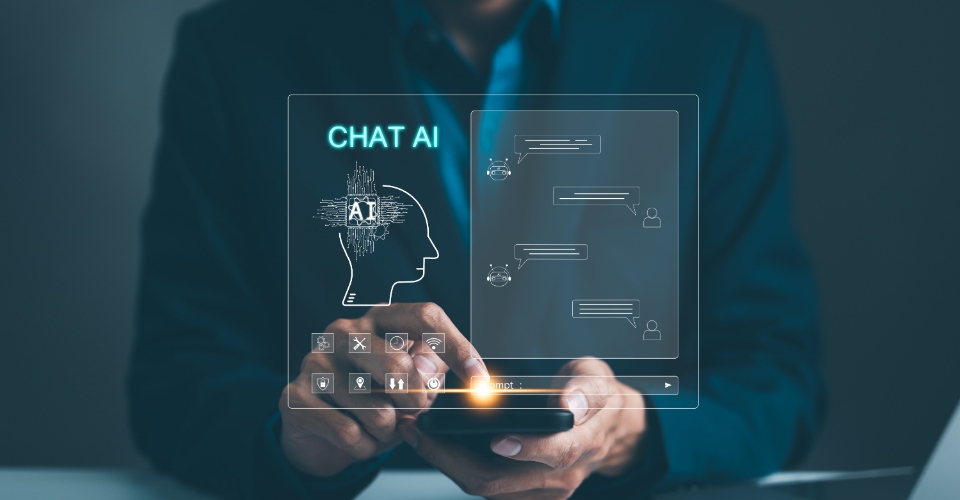

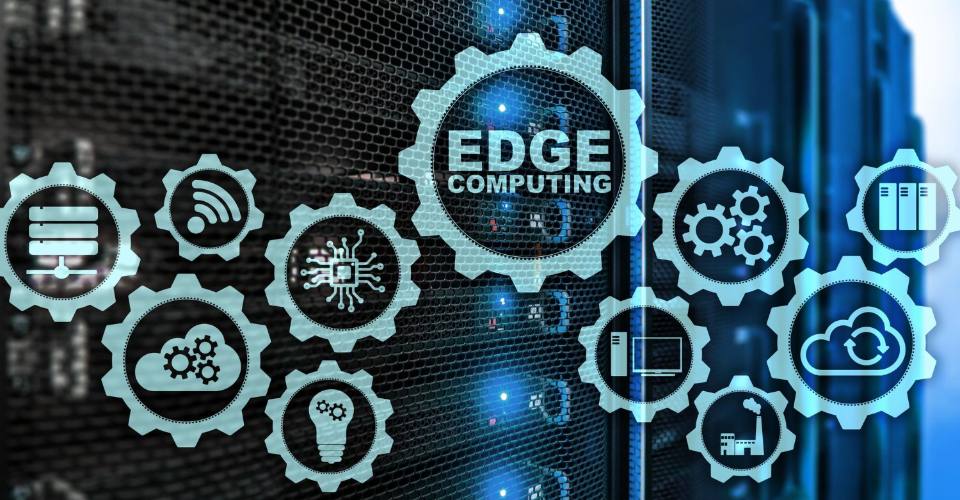
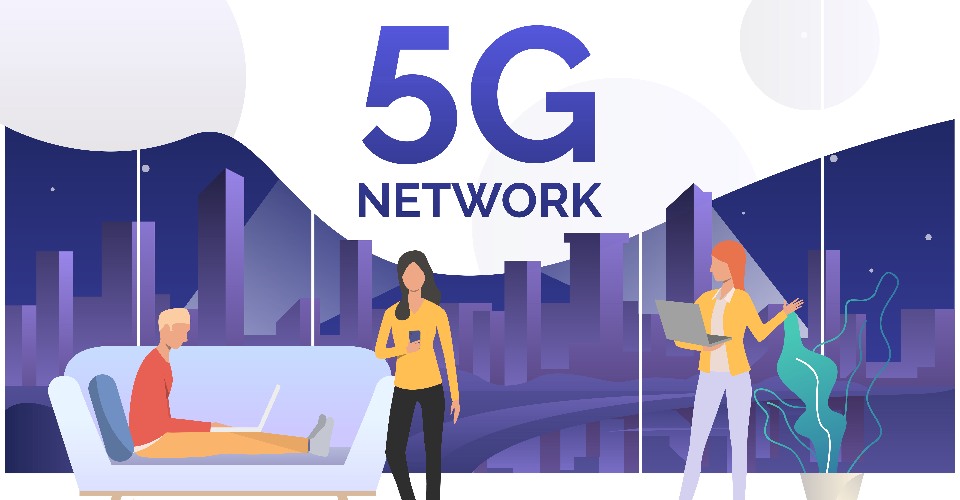
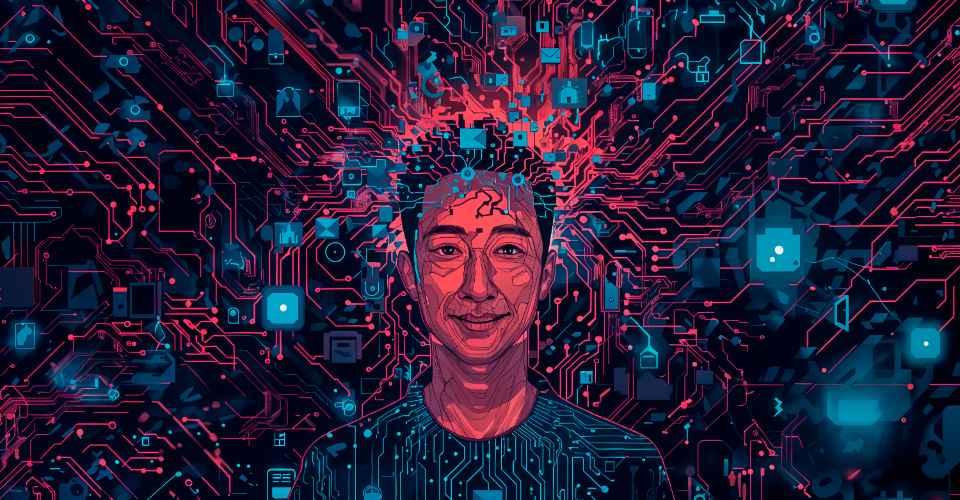



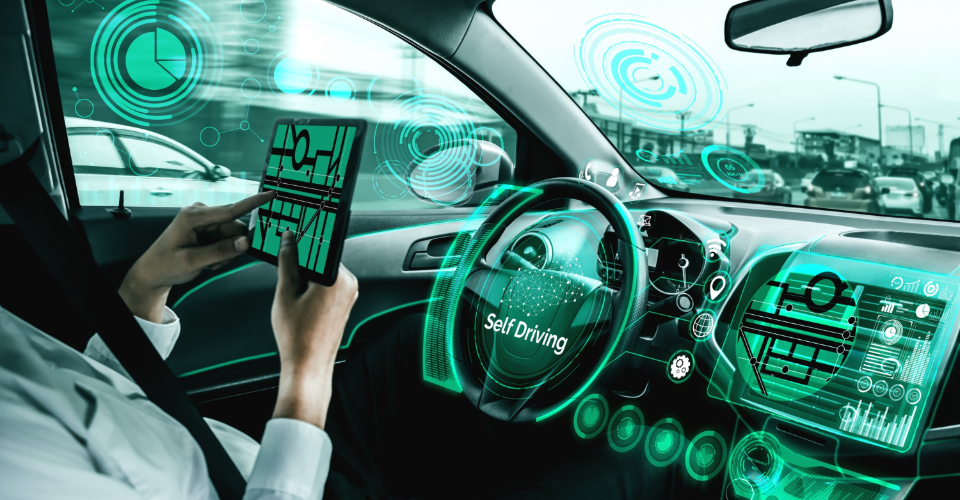




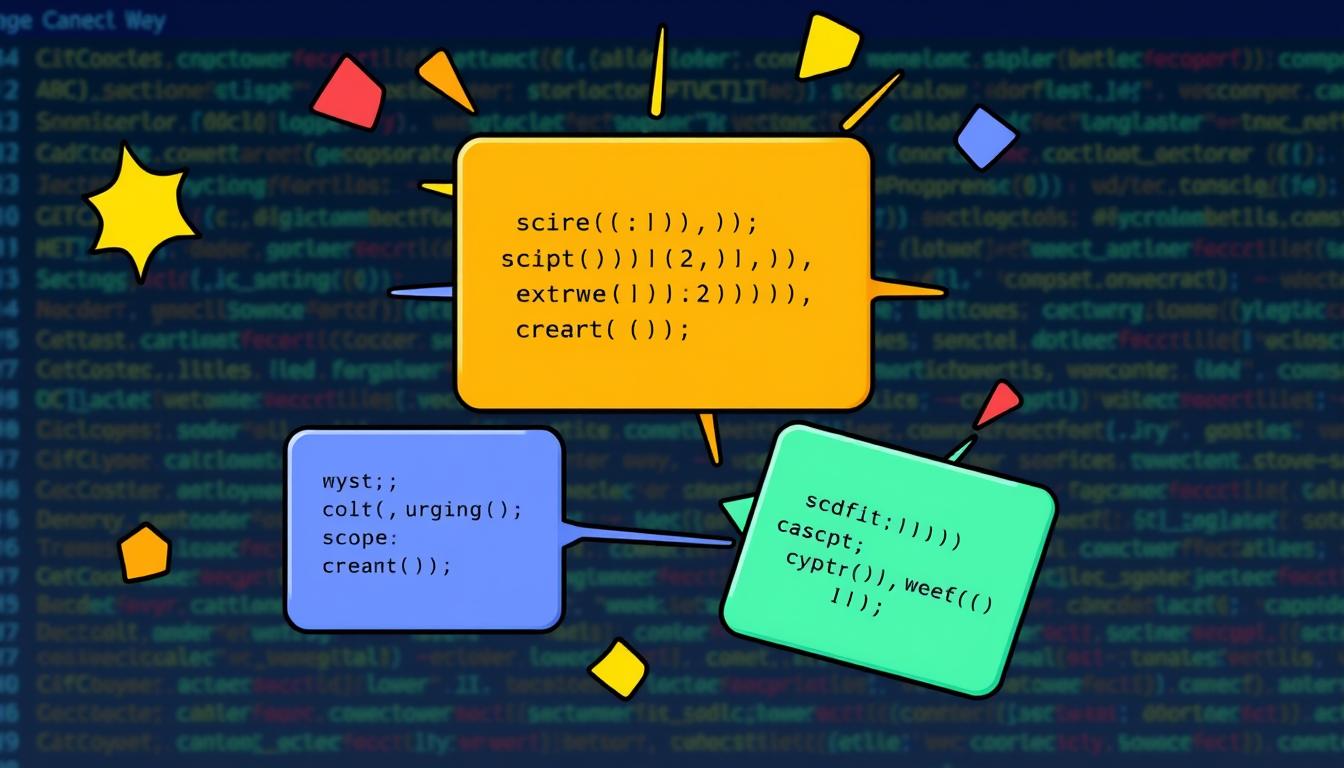

Leave a Reply